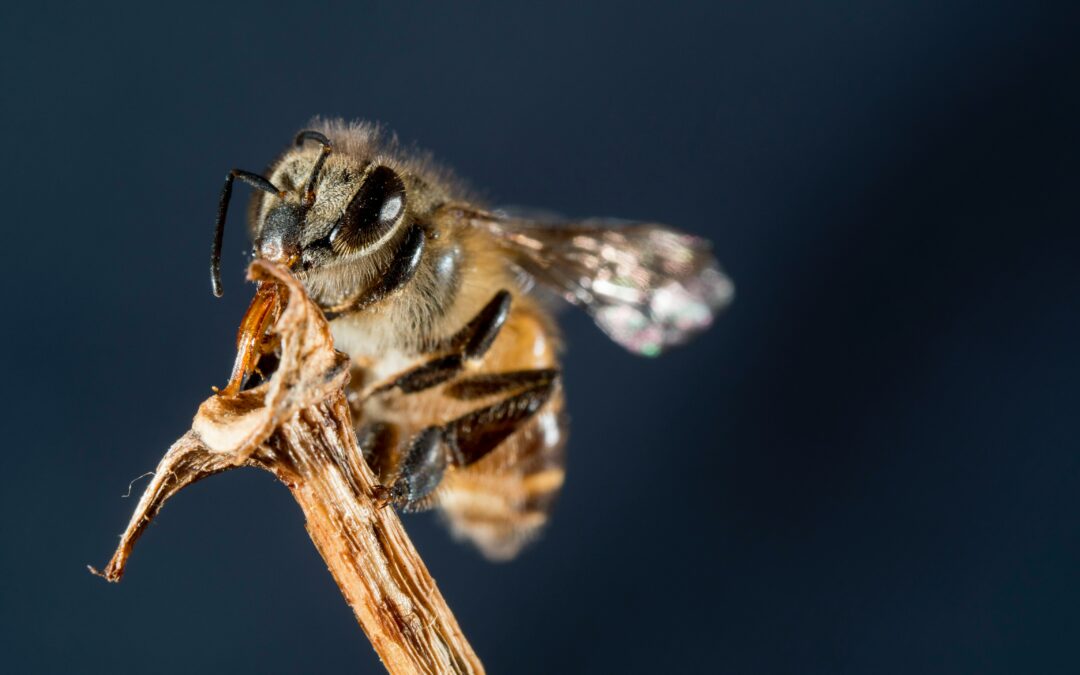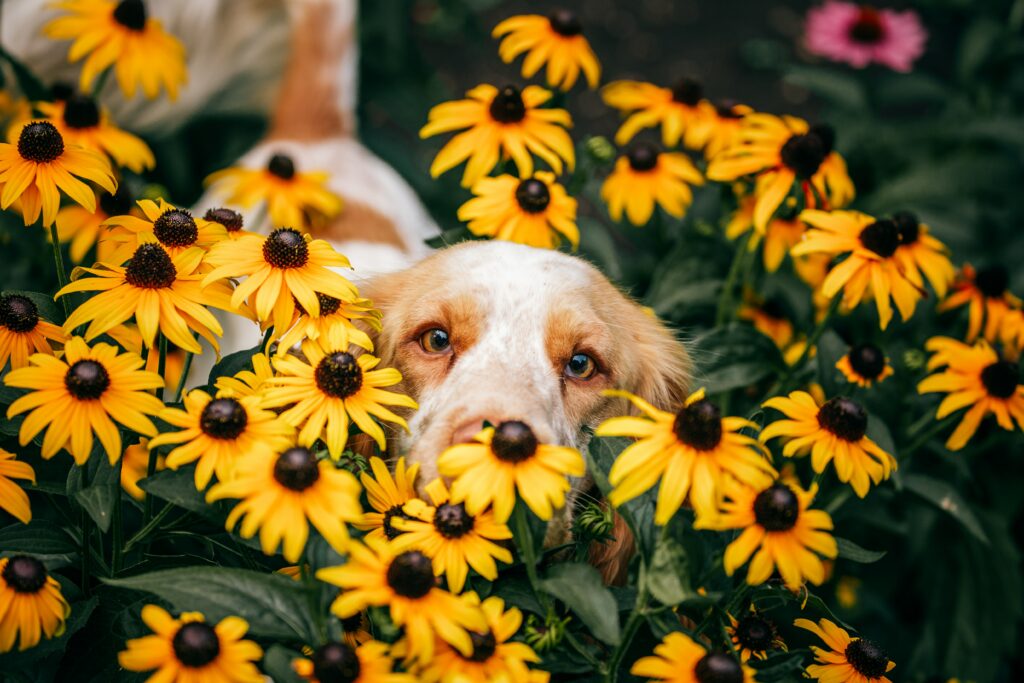When it comes to animal care, we all want the best for our pets.
We can’t wrap them up in cotton wool though and sometimes they can get hurt, bitten or stung by other creatures, especially in summer. A bee sting can be very painful for dogs, just as it is for humans. Should this happen, be prepared so that you can be the champion of animal care and relieve your pooch’s suffering.
A bee sting isn’t usually something to worry about but sometimes it can cause a bad reaction so it’s good to be ready with a plan of action. Dogs tend to be stung on their paws or around the face and if they’re stung repeatedly, inside the mouth or have an allergy to the bee sting, this can be serious. If in doubt, it’s always best to seek veterinary help but minor stings can be dealt with at home.
Symptoms of a bee sting
There are some obvious signs of a mild bee sting to look out for:
- Biting or pawing the affected area
- Drooling
- Swelling
- Redness or irritation on the skin
- Whining
- Holding up the affected area
- Limping (if the sting is in the paw)
These symptoms could quickly develop into an allergic reaction so it’s important to be vigilant and keep a close eye on your doggie while they recover. In the first instance, it’s a good idea to try to treat the bee sting. Here are some simple steps you can take to ease the pain and irritation…
How to treat a bee sting
- Remove the sting: Do this by using a hard, flat item such as a credit card. Scrape the sting out below the venom sack, taking care not to pinch or squeeze as this can release more venom into your dog’s system.
- Clean the area: You can do this with some natural soap and water or simply water if your dog is sensitive.
- Apply ice: You will be the best judge whether your dog can deal with the chilly temperature of an ice pack. Make sure they’re comfortable — applying a cold towel can be just as effective.
- Keep calm!: stay calm and this will help calm them down too. A sting can be distressing and their body will deal better with it if they’re more relaxed.
- Watch out for an allergic reaction: Bee stings can cause an allergic reaction and stronger symptoms will start to appear.
- Take advice from your vet before giving medication: Some owners do choose to give antihistamines to their dog after a sting but do always check with your vet first before dosing.
Signs of an allergic reaction to a bee sting
An allergic reaction can occur shortly after the sting, or be delayed by several hours. So it’s important to keep an eye on your pup after being stung. The signs of an allergic reaction will be noticeable and include:
- Breathing difficulties or wheezing
- Ever increasing swelling around the area and beyond
- Swelling of the mouth and throat
- Vomiting and/or diarrhea
- Seizures
- Drooling
- Fainting or signs of weakness
If a bee has stung your dog and you notice these symptoms, it’s an emergency and it’s time to call the vet immediately. Don’t delay — this can be very serious and sometimes fatal.
Simply keep an eye out in warmer weather when there might be bees around. It’s best to know how to react to the scenario to give the best in animal care to your dog. Most of all, don’t panic – it’s always best to approach these situations with an air of calm so that you can properly take care of your pooch.
Photos: Unsplash
Get our best articles straight to your inbox.
Subscribe to The DARling below:
About the author

Vaila Erin is a writer, lover of animals, and a bit of a nomad. For her, life is about stories — observing yourself and others so that you can laugh, cry and entertain each other with its absurdities. Connect with her at vailaerin.com or via LinkedIn.


